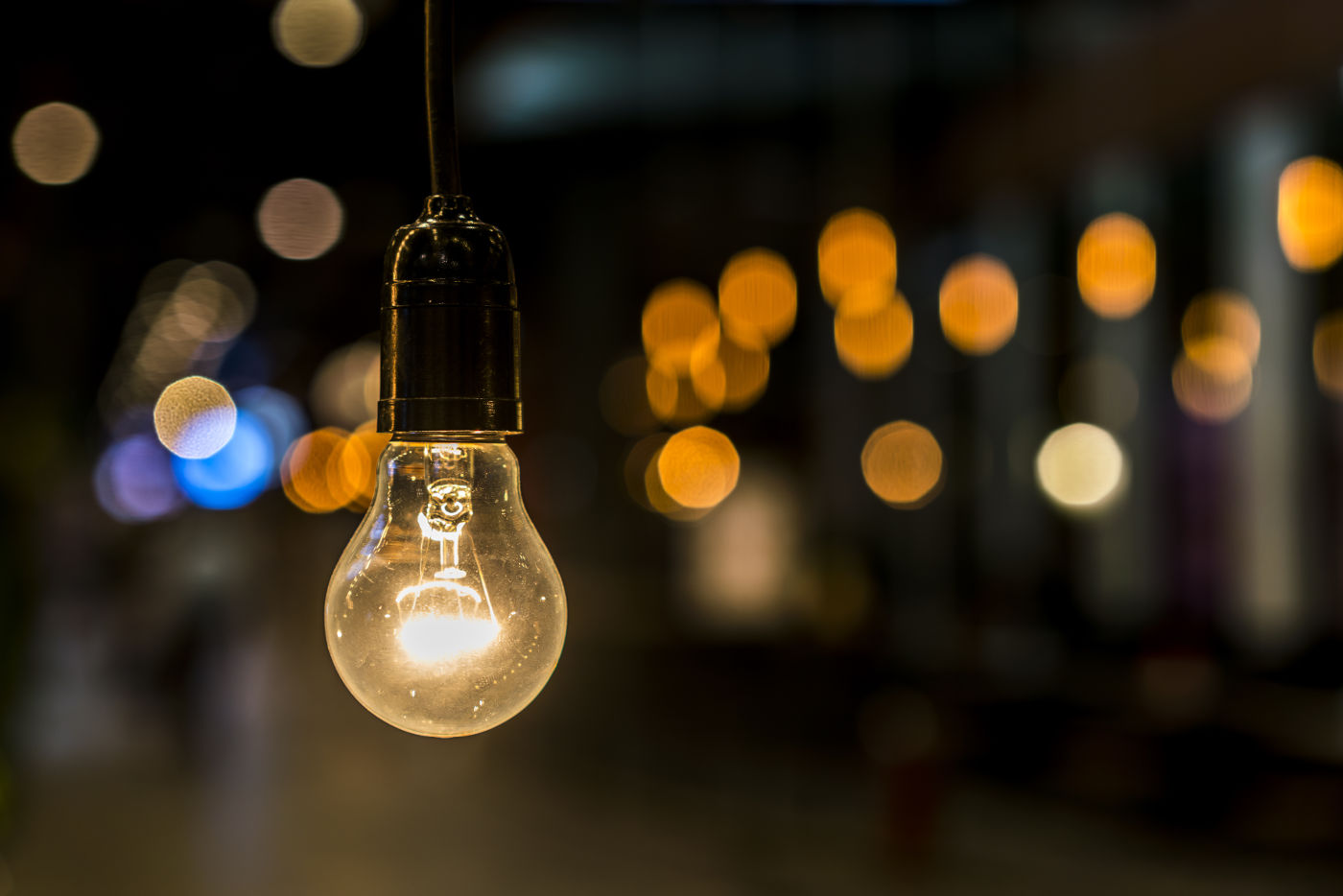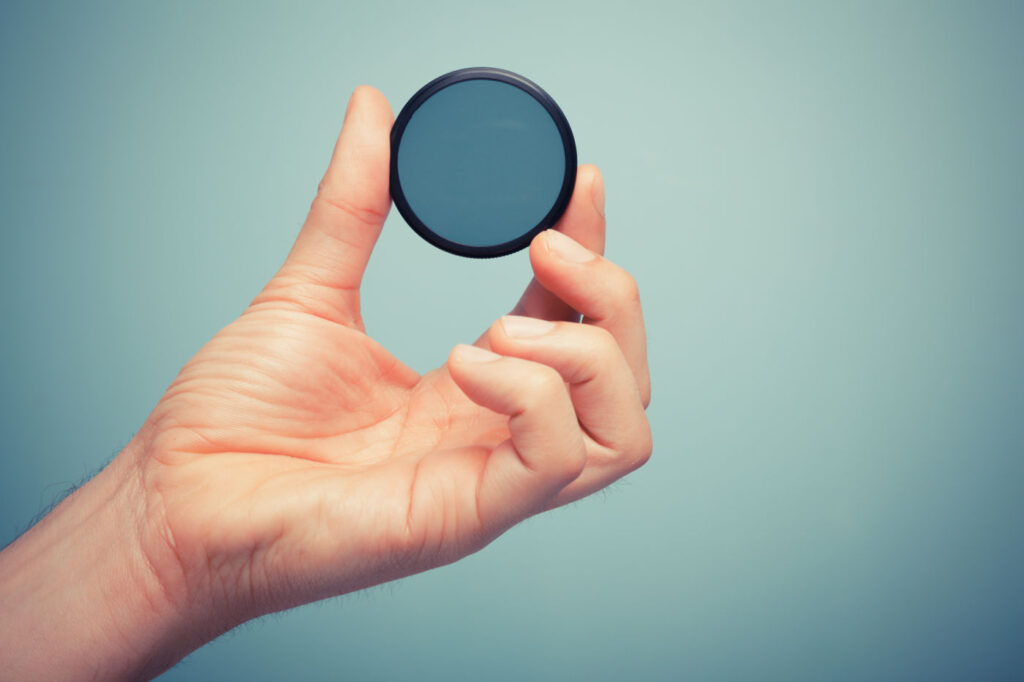
Skip to Section
- 1 What is Time lapse Flicker?
- 2 Eliminate Flicker
- 3 Aperture Settings
- 4 Raw file format
- 5 Time Lapse Focus
- 6 White Balance Settings
- 7 ISO
- 8 Shutter Speed Settings
- 9 Off Set Long Shutter Speed
- 10 But what if the light is changing in your scene?
- 11 Still have flicker?
- 12 Time Lapse Flicker software
- 13 Making sure your gear is ready
So you’re here because you need help with time-lapse flicker removal. Flicker is the nemesis of the time-lapse photographer which can often ruin an otherwise silky-smooth time-lapse video, so let’s look at what it is, what causes it, and how you can prevent it or repair it is necessary.
What is Time lapse Flicker?
Flicker on time lapses is the change in brightness or exposure, in this case, of the images taken in a time-lapse stream of photographs – which results in a perceived strobing effect when watched as a video.
There are ultimately two different reasons you could experience flicker – either due to changing light or changing exposure settings.
A lot of the time you might not be able to control the light source such as shooting outdoor scenes/landscapes – which may introduce flicker which is difficult or even impossible to PREVENT time lapse flicker, however, preventing is preferable to having to FIX it.
Eliminate Flicker
First, you are going to want to manually set as many of the exposure settings as possible in your camera settings.
Automatic shooting will likely result in variations in exposure settings, most notably, aperture, which will easily contribute to flicker.
It is best to shoot the time lapse image sequence in full manual mode – to set your aperture, shutter speed, ISO, white balance, file format, and focus.
The following assumes you are shooting using a lens with electronic aperture control.
If you are shooting on a lens with an aperture ring, then this really won’t apply, as the aperture will remain consistent throughout the shoot.
Aperture Settings
For aperture, it is a good idea to shoot wide open on your lens if possible, (or, a second choice, at minimum aperture) as mild variations in how the lens and camera will set the aperture between each shot may increase the time lapse flicker effects.
If the lens is at maximum aperture, this can not happen.
Another option is to use lenses without electronic aperture control because these lenses mechanically change the aperture, and because they will not be reset to wide open (for the benefit of the brightness in the viewfinder/autofocus), instead, they will stay consistent.
Some suggest unlocking your lens on the mount (giving it a slight turn to disengage the switch), however, the lens will have to be set at the desired aperture first – so you will have to fire a shot; so the camera stops the aperture down, then disconnect the lens DURING the shot, so it would be wise to set a long exposure.
I have used scotch tape to interrupt the electronic contacts, however, neither is ideal and can sometimes result in the camera resetting the aperture to wide open… Again, not an ideal solution.
In an ideal situation, you would shoot with manually set apertures – there are many lenses available with aperture rings – and any lens with a longer flange focal distance than the system your body uses can typically be easily converted to fit your camera mount.
There are even aperture adjustment rings that can be added or included into such a scheme if the lens DOES NOT have an aperture ring built into the construction of the lens. For more advice on selecting the ideal lens, see our guide to choosing a lens.
Regarding the image file type, when shooting a time-lapse sequence, it is best to be shooting in RAW.
Raw file format
The RAW file format is vastly superior due to the substantially greater amount of detail – especially if you need to push the exposure – allowing the final image sequence to become appropriately exposed.
In other words, If you do end up with flicker in your time lapse images, RAW will let you adjust the images adequately to allow for appropriate brightness and white balance to a degree which will often cause clipping or other lost colour information to reveal itself when the adjustments are applied to JPEGs.
Time Lapse Focus
It is a wise decision to use manual focus when shooting time-lapse photography, not necessarily to prevent time lapse flickering, but more to prevent the focus from shifting during the exposure.
In addition, if the point of focus is setting the exposure (if the exposure settings are not on manual mode), then that point becomes shadowed or more illuminated, then the greater scene may change in overall brightness – which will be undesirable if you want to avoid flicker.
White Balance Settings
It will be preferable to set the white balance yourself, this will prevent the auto white balance setting from changing during the course of the time lapse photography shoot and altering the colour profile of the final image.
This will result in something that will be much like flicker, not in brightness per-se, but rather, in the colour shift caused by the changing colour temperature.
ISO
It is nice to have a static ISO sensitivity, as a varying ISO number will:
Change the sensor sensitivity, which will change the dynamic range, that may lead to highlight clipping and ultimately giving reducing shadow detail, and changing levels of shadow noise, which may give a somewhat similar effect.
That said, in changing light conditions, this may be necessary in order to achieve a decent exposure.
Shutter Speed Settings
Setting the shutter speed manually will also help decrease the appearance of flicker, although, with all of the other settings on manual, this may be utilized to adjust to a proper exposure.
On a side note, for the purposes of achieving motion blur, which often results in a more smooth motion transition from image to image, it is often suitable to use relatively long exposure times.
Off Set Long Shutter Speed
In order to off-set long shutter speeds and wide lens apertures, an ND filter may help you achieve the exposure you want.
An ND filter, or neutral density filter, is a means to reduce exposure without shifting the colour in the resulting image.
This is used specifically for outdoor scenes where the light conditions do not allow for the exposure settings you would prefer to use to be possible. It also will help with highlight clipping.

But what if the light is changing in your scene?
If you are experiencing changing lighting, then you may need to adjust your exposure settings throughout the time lapse photography shoot.
For Example; a sunset scene: if you begin shooting your time lapse as the sun is setting, the amount of light entering the lens will decrease through the period of the time-lapse shoot.
If this is the case, you could change the shutter speed or even ISO manually, or you could shoot in Aperture Priority (often abbreviated Av) instead of full manual.
This will keep the aperture consistent while changing other settings such as the shutter speed and the ISO setting in order to get the right exposure.
In this mode, you can set the aperture you want and let the camera adjust other settings in order to get the right exposure for your time lapse video.
Still have flicker?
Well, sometimes it is essentially unavoidable , scenes with changing lighting conditions will often result in perceivable flicker even with solid exposures the whole way through, if this is the case, the best solution is removing flicker software.
Time Lapse Flicker software
There are several programs available, some free, some come in trial versions, some as plug-ins to Adobe premiere suite applications such as Lightroom, and some as standalone applications.
Using Software to help create your Time Lapses
Regardless of whether you are having problems with flicker or not, it is a good idea to familiarize yourself with these programs such as LR Timelapse, Flicker Free, and Adobe Lightroom if you are shooting time lapse videos.
It will likely become an issue at some point, and many of these programs will vastly improve the fluidity of the final presentation of your time lapse videos – and many of them do more than just a visual deflicker!
For example, some of these programs have features to automatically adjust the brightness levels of the images in the sequence, often this can help smooth out a scene where exposure levels have changed quite drastically.
The use of software to remove flicker is definitely something to consider when shooting time lapse videos!
Making sure your gear is ready
Before you go out and shoot remember to check that all of your camera settings are good to go.
Make sure the lens is clean and free from dust or debris, that the battery is fully charged and that all of your memory cards are empty.
Also make sure to bring extra batteries and memory cards so you don’t have any issues during the shoot.
With this in mind, you can start capturing amazing time lapse videos with confidence.
Pingback: LRtimelapse Review - Pro-Lapse
Pingback: Should I Hire a Professional or Shoot Time-lapse Myself? - Pro-Lapse